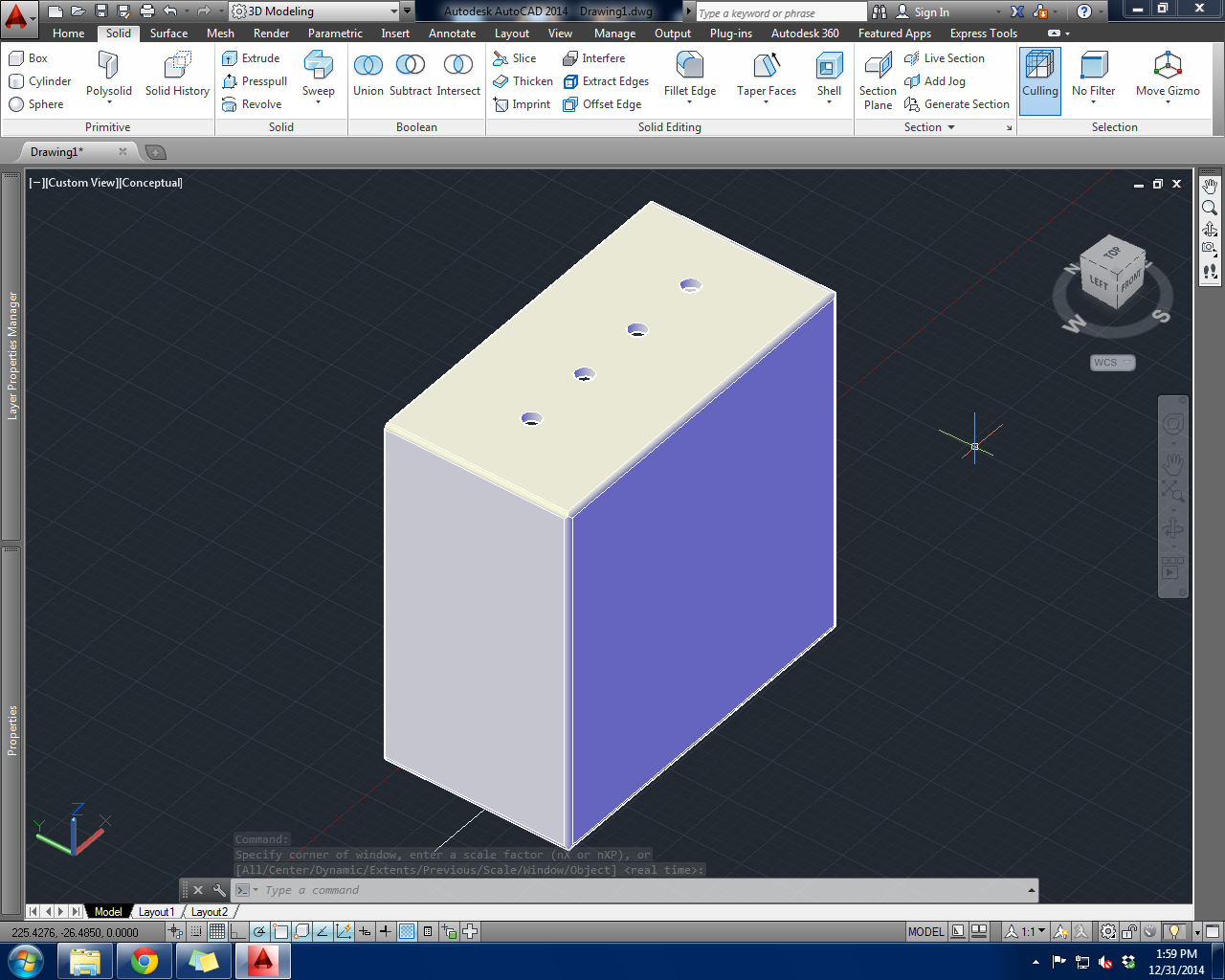Everything needs motors and internet connectivity.
The project needs to be done in steps with no particular order.
A. Measure torque to open and close several types of blinds. Off to SEARS!
B. Select a motor that can meet that torque value and will not be loud.
C. Select a battery that can deliver enough power to the motor to run, run the wireless module, and run the arduino.
D. Select a solar panel that can fill the battery even on overcast days.
E. Design a charging circuit to marry the battery and solar panel.
F. Design control circuit including the arduino, wifi module, and motor driver.
G. Solder the board.
H. Assemble circuit and test.
I. Print housing, assemble, and test.
J. Ongoing improvements to design.
 UkiyoWeee
UkiyoWeee


Great Project! I would definitely license it if I were in the blinds manufacturing business. Before spending a lot of time designing your charging circuit, you should spend a little extra money and buy a power system that will work out of the box so you can focus on getting the motor mechanism as consistently functional as possible with your blinds. If you purchased the following three items together, It would be a quick way to get the prototype powered with no headaches:
https://www.adafruit.com/products/390
https://www.adafruit.com/products/258
https://www.adafruit.com/products/200
I would reccomend that you use a lithium Ion battery in your final circuit, and control its charge with a MCP73831 charge controller (By Microchip). You are going to need to operate the system at 3.3V, which is necessary for the ESP8266 and compatible with the ATmega328. You should reduce battery power to 3.3V with a LDO such as the MIC5219BM5 by Micrel.
If you are lucky, you may be able to use a servo motor that can also operate at 3.3V, but probably wont have the power to move the blinds. In all likelihood you should get a stronger motor and find a way to step up the voltage in your circuit.
Good Luck!